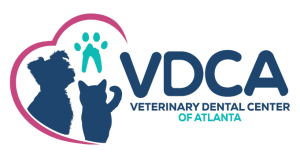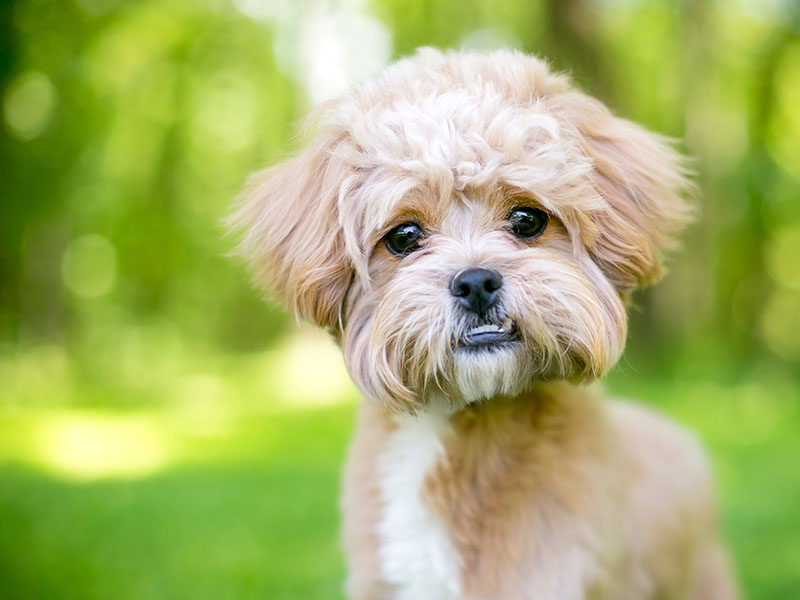When Your Pet’s Bite Doesn’t Align
A healthy smile isn’t just for people – it matters for our pets too! Malocclusions, or misalignments of the teeth or jaw, are common in cats and dogs and can lead to discomfort, difficulty eating, and long-term oral health issues. Early recognition and treatment are key to keeping your pet happy and healthy.
What is a Malocclusion?
A malocclusion occurs when your pet’s teeth or jaws don’t align properly, creating an abnormal bite. While some malocclusions are purely cosmetic, others can cause pain, difficulty chewing, and even injury to the gums, soft tissues, or other teeth.
Types of Malocclusions:
- Normal Scissor Bite: A healthy alignment of the jaws and all the teeth where the upper incisors slightly overlap the lower ones.
- Class I (Dental Malocclusion): Individual teeth are misaligned, but the jaws are normally aligned.
- Class II (Overbite): The upper jaw extends significantly further than the lower jaw.
- Class III (Underbite): The lower jaw protrudes beyond the upper jaw (common in brachycephalic breeds like Bulldogs).
- Class IV (ie Wry Bite): There is significant disparity between the upper and lower jaws and/or teeth that don’t fit into a Class I-III definition.
Signs of Malocclusion in Dogs and Cats
Watch for these indicators:
- Difficulty picking up or chewing food
- Drooling or reluctance to eat
- Visible misalignment of teeth or jaws
- Lip or gum entrapment and/or injuries caused by teeth
- Bad breath (halitosis)
- Pawing at the mouth or showing signs of discomfort
If you notice any of these, it’s time for a veterinary evaluation.
Causes of Malocclusions
Malocclusions can be genetic or developmental, occurring naturally as your pet grows. Sometimes, they can even be from a traumatic injury. Common causes include:
- Inherited Traits: Certain breeds are predisposed to specific malocclusions (e.g., Boxers, Bulldogs, Pugs often have Class III Underbites).
- Persistent Baby Teeth: Delayed loss of baby teeth can push permanent teeth into misalignment. When the adult tooth erupts in the same place as a baby tooth, crowding and improper placement of the permanent tooth often occurs leading to periodontal disease and/or trauma to the soft tissue and/or adjacent teeth.
- Trauma or Injury: Damage to the jaw during growth can affect alignment.
Diagnosis and Treatment
It is necessary to perform a thorough oral exam including dental X-rays while your pet is under general anesthesia to properly and fully evaluate the bite and assess any discomfort or injury.
Malocclusion Treatment Options:
- Monitoring: Mild cases without obvious trauma may require no intervention with regular monitoring.
- Extraction: Severely misaligned or persistent teeth may require extraction to alleviate trauma and prevent further injury.
- Orthodontics for Pets: In select cases, braces or appliances can correct alignment over time.
- Oral Surgery: Severe malocclusions may require surgery to improve function and comfort.
Breeds Prone to Malocclusions
Some breeds are more likely to experience malocclusions due to their anatomy:
Dogs:
- Brachycephalics are more likely to have underbites (Bulldogs, Pugs, Boston Terriers, Boxers, etc),
- Dolichocephalic breeds (Dachshunds, Greyhounds, Collies, Shelties, Setters, etc)
Cats:
- Brachycephalics (Persian, Himalayan, Burmese, Exotic/British Shorthairs, Bombay, etc)
- Other pure breeds, such as Siamese, Rex, and Maine Coon cats
Why Addressing Malocclusion Matters
Untreated malocclusions can cause:
- Pain: Misaligned teeth can cut into gums, cheeks, lips, and the tongue, as well as into other teeth.
- Dental Disease: Food, plaque, and tartar buildup on and between teeth increases, leading to more severe periodontal disease.
- Feeding Issues: Difficulty eating can lead to weight loss or malnutrition.
Taking proactive steps ensures your pet can live comfortably without dental discomfort.
How to Care for Your Pet’s Oral Health
- Regular Dental Exams: Schedule annual check-ups with your veterinarian.
- Home Dental Care: There are many options for daily dental home care that aren’t necessarily time-consuming, uncomfortable, or difficult for you or your pet. This can include dental wipes, tooth brushing, water or food additives, dental treats, dental diets, and several other options. We recommend to check out The VOHC website for approved and proven dental plaque prevention dental home care options:
- Monitor for Changes: Monitor chewing habits, breath odor, and visible dental alignment.
- Regular Professional Dental COHATs to have your pets’ oral health fully evaluated and treated, keeping their oral and overall health in optimal condition.
Talk to Your Veterinarian
If you suspect your cat or dog has a malocclusion, don’t wait. Early detection and treatment can prevent pain and complications. A happy mouth makes for a happy pet!
Schedule a dental check-up today to keep your pet smiling with fresh breath and pearly whites!

